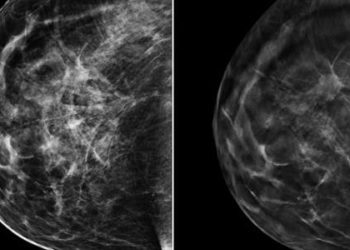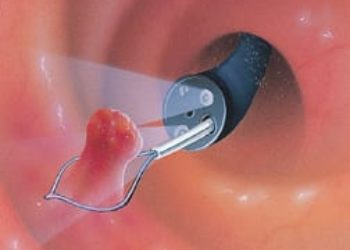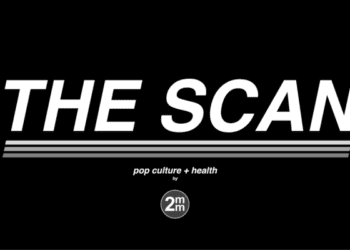Paid-sick-leave mandates contribute to increased cancer screening in the United States
1. Mandated and available paid-sick-leave resulted in increased colorectal and breast cancer screening rates
2. Screening rates for both colorectal and breast cancer are higher after 24 months than at 12 months
Evidence Rating Level: 2 (Good)
Study Rundown: A variety of barriers related to taking time off work have been identified which limit access to preventative healthcare measures, such as screening for colorectal and breast cancers. It has been hypothesized that providing paid time off to pursue cancer screening would result in an increase in patients receiving appropriate screening as per the guidelines. This study compared outcomes of cancer (breast and colorectal (CRC)) screening at 1 year and 2 years between employees who lived in metropolitan statistical areas (MSAs) with mandates endorsing paid time off (exposed MSAs) and those employees who did not have paid time off available (unexposed MSAs). The primary outcome of this study was the rates of cancer screening at 12 months and 24 months. In comparing exposed MSAs to unexposed MSAs, it was found that in both unadjusted and adjusted models, the likelihood of receiving CRC screening at 12 months was increased. Similarly, at 24 months, CRC screening rates remained higher in exposed MSAs than unexposed in both unadjusted and adjusted models. Similar findings were reported in breast cancer screening. At 12 months, the likelihood of screening was 1.90 percentage points higher in the unadjusted group, and 1.22 in the adjusted model. At 24 months, it was 3.02 percentage points higher in the exposed MSAs in the unadjusted model compared to 2.07 percentage points in the adjusted model. Limitations of this study include that it only examined patients with private insurance coverage, therefore the results should be cautiously considered amongst those with public or no insurance coverage. Additionally, the data regarding MSA subgrouping applied specifically to the residential area of the person, but not that of their employment location, thus affecting the ability to determine instances where patients commuted into or out of an MSA group. Overall, the results from this study suggest that providing paid sick leave results in increased adherence to screening guidelines for CRC and breast cancer in patient populations within the United States.
Click to read the study in the NEJM
Relevant Reading: State paid sick leave and paid sick leave preemption laws across 50 U.S.
In-Depth [retrospective cohort]:This retrospective cohort studied the effect of mandated paid-sick-leave on rates of cancer screening in selected populations of the United States. Over 3 million patient records from research databases in the United States were included and restricted to those who had enrolled in 12- or 24-month health insurance plans. Further eligibility criteria included female patients between the ages of 40 and 64 years old for consideration of breast cancer screening (1.3 million patient records), and between the ages of 45 and 64 for consideration of colorectal cancer screening (2.5 million patient records). For CRC screening, the unadjusted likelihood of pursuing screening in the previous 1 year in the exposed MSA group was higher by 1.54 percentage points (95% confidence interval (CI), 0.51-2.57) than those in the unexposed MSA group. Similarly, the adjusted likelihood was 1.31 percentage points (95% CI, 0.28-2.34) higher in the exposed MSA group. The 2 year rate of CRC screening in the unadjusted model was 2.06 percentage points (95% CI, 0.68-3.44) higher in exposed compared to unexposed MSAs, whereas it was 1.56 percentage points (95% CI, 0.33-2.79) higher in the adjusted model.
The 12-month breast cancer screening rate was 1.90 percentage points (95% CI, 0.03-3.76) higher in the exposed MSA group, compared to the unexposed group in the unadjusted model. In the adjusted model, it was 1.22 percentage points (95% CI, -0.20-2.64) higher. Regarding the 2 year (24 month) rate: in the unadjusted model it was 3.02 percentage points (95% CI, 0.42-5.62) higher in exposed MSAs compared to unexposed, and in the adjusted model the same rate was 2.07 percentage points (95% CI, 0.15-4.00) higher.
Image: PD
©2023 2 Minute Medicine, Inc. All rights reserved. No works may be reproduced without expressed written consent from 2 Minute Medicine, Inc. Inquire about licensing here. No article should be construed as medical advice and is not intended as such by the authors or by 2 Minute Medicine, Inc.







